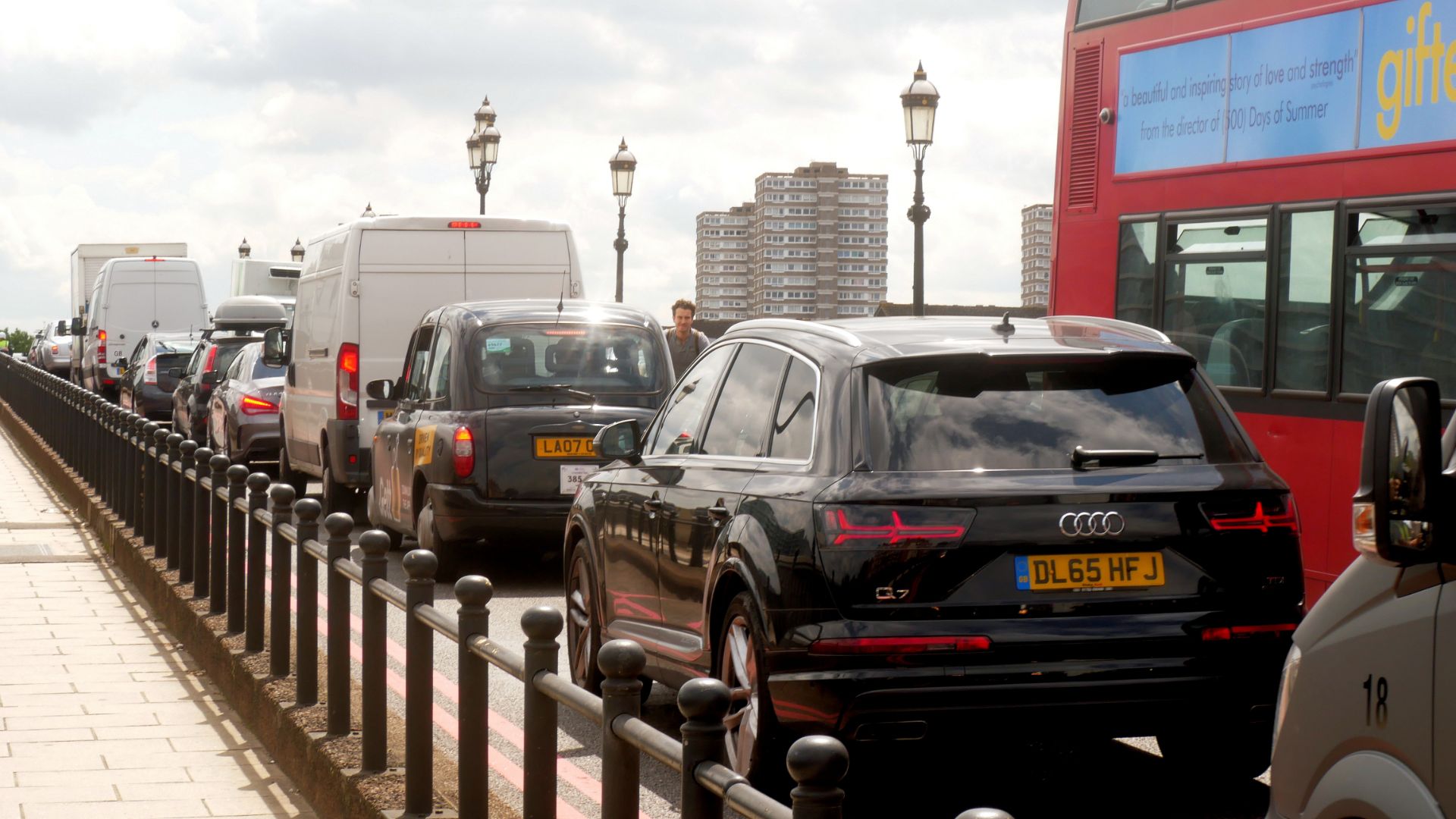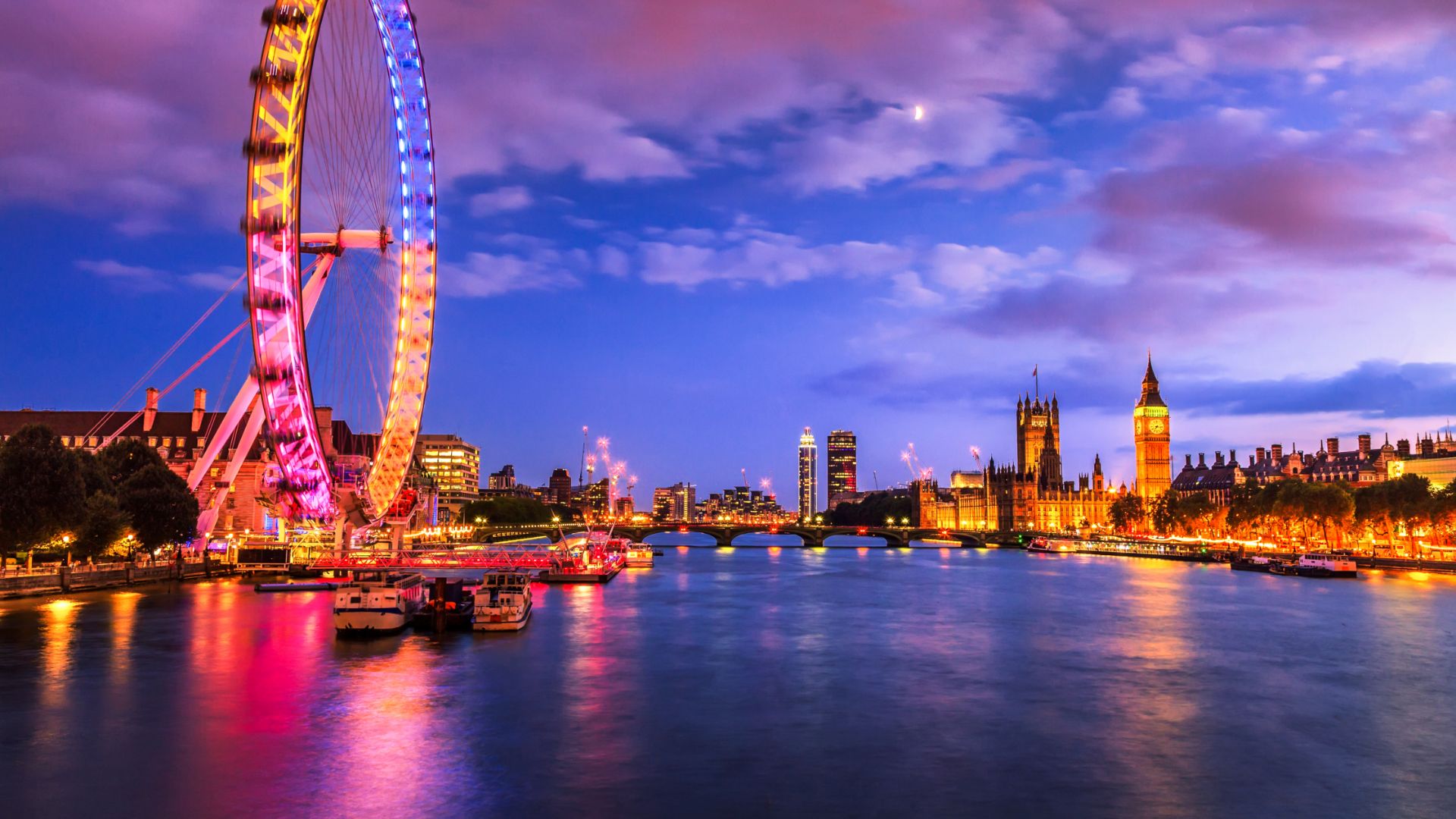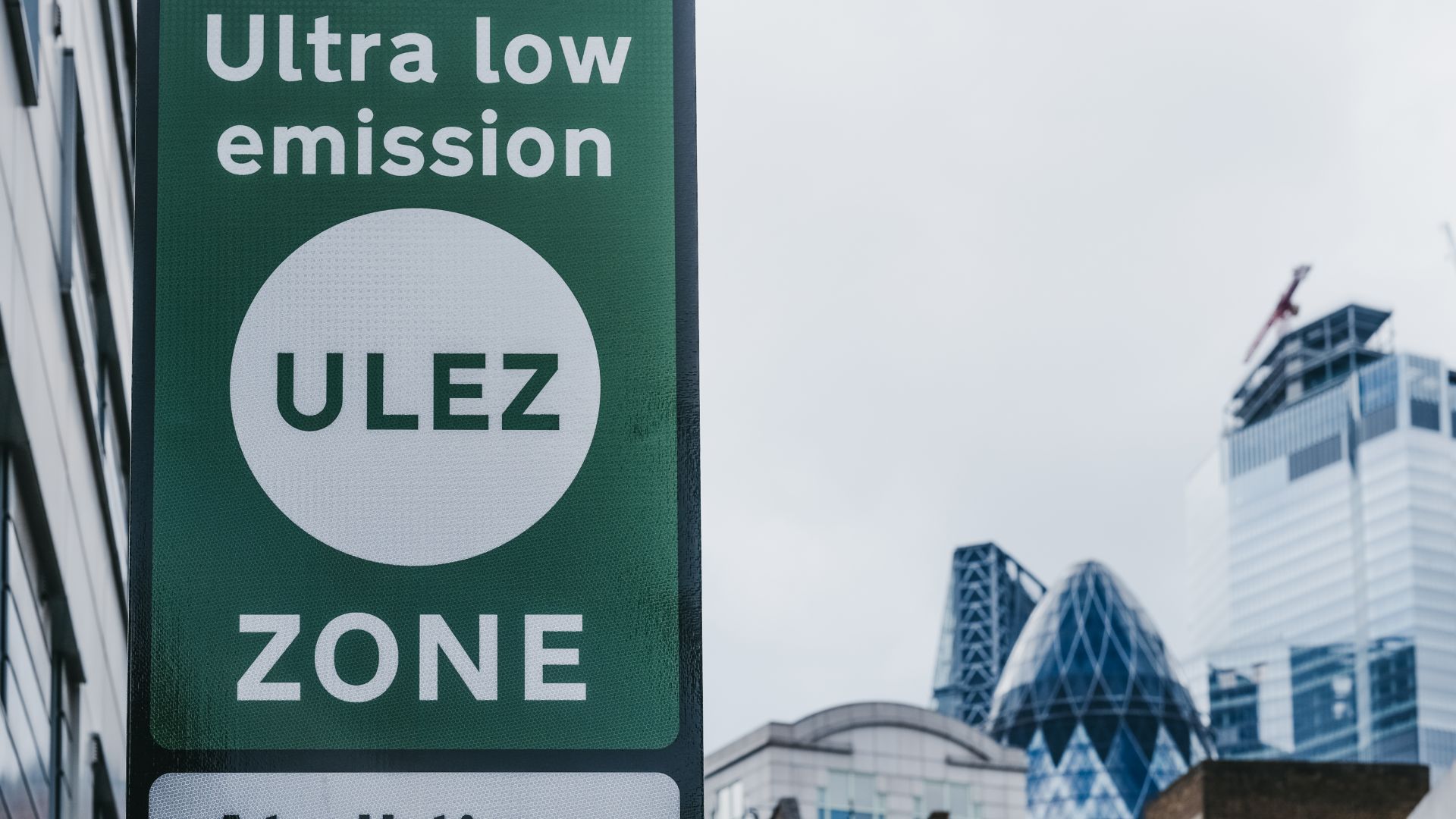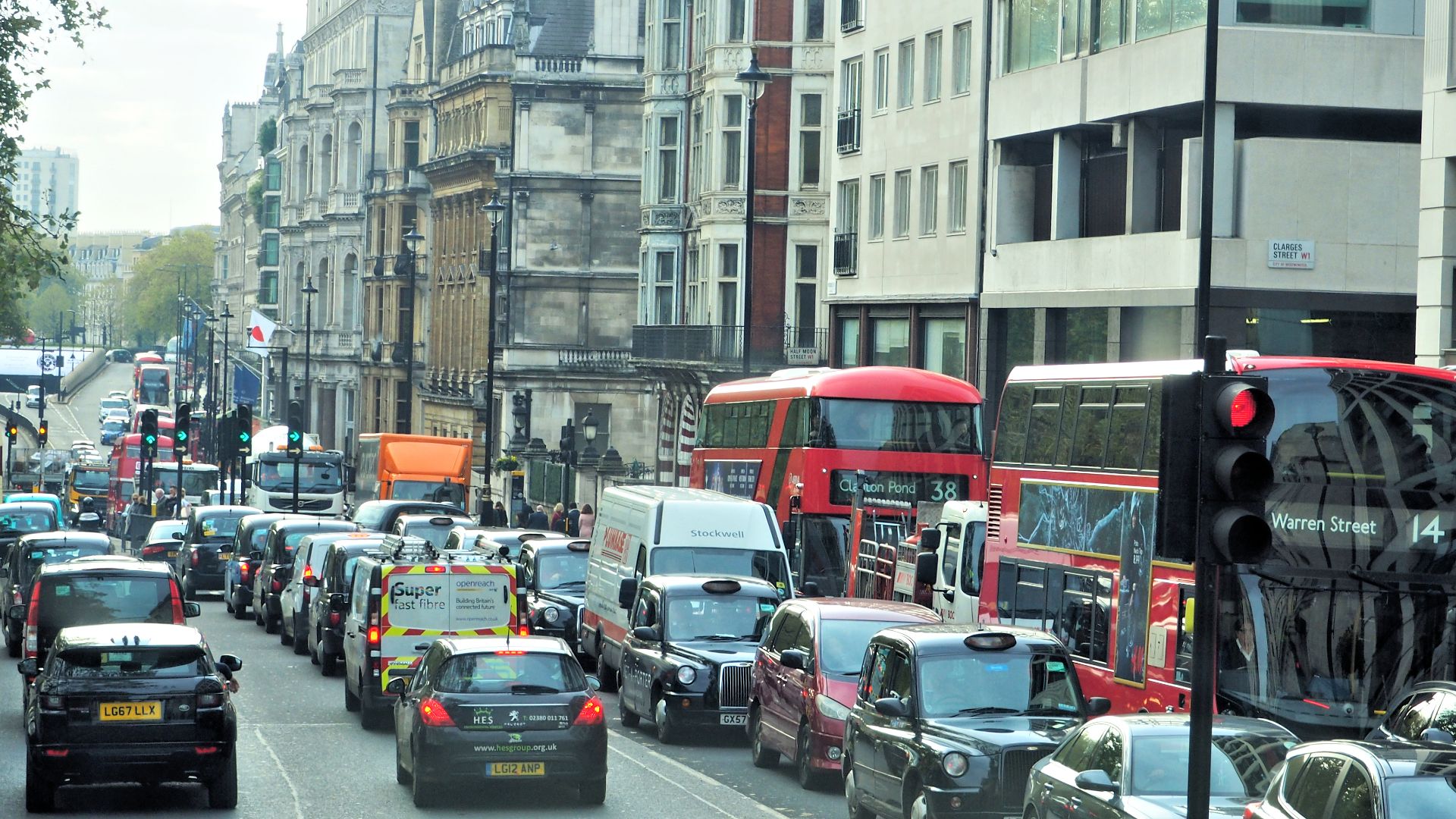
Central London’s air quality has improved by a third over the past two years. The findings come in the wake of the £10 Toxicity Charge, plus the £12.50 daily Ultra Low Emission Zone (ULEZ) charge that superseded it in April 2019. They have bolstered calls for other cities to take on clean air charging zones.
Nitrogen oxide, emitted primarily by diesel engines, is down significantly. Levels have dropped from 85 to 57 micrograms per cubic metre at the roadside in central London. However, carbon dioxide levels are only down around four percent.

In September 2019 there were 13,500 fewer ‘polluting cars’ driven in central London compared with March. For reference, vehicles that incur a ULEZ charge include pre-Euro 6 (before 2015) diesels, and pre-Euro 4 (before 2005) petrol cars.
“The early evidence suggests the ULEZ is not only encouraging people to use cleaner private cars, but also to use more sustainable alternatives such as walking, cycling and public transport,” said Alex Williams, director of city planning at Transport for London.
There’s still a way to go

Improving the air quality may be, but London’s NOx levels are still illegal. The current level is 17 micrograms above the legal limit of 40 micrograms per cubic metre.
Nonetheless, the reduction is considered proof of the clean air zone concept. “Critically, we know dirty air isn’t just a problem in London,” said Penny Woods, chief executive of the British Lung Foundation.
- One in four drivers FAIL to pay London ULEZ charge

“Most UK cities have illegal and unsafe levels of pollution, which seriously affects the health and quality of life of millions with a lung disease and puts children at risk of developing a lung condition.
“That’s why similar clean air zones must be urgently rolled out across the country to protect everyone’s lungs.
“[The ULEZ is] a fantastic example of the difference clean air zones, that charge the most-polluting vehicles, can make”.